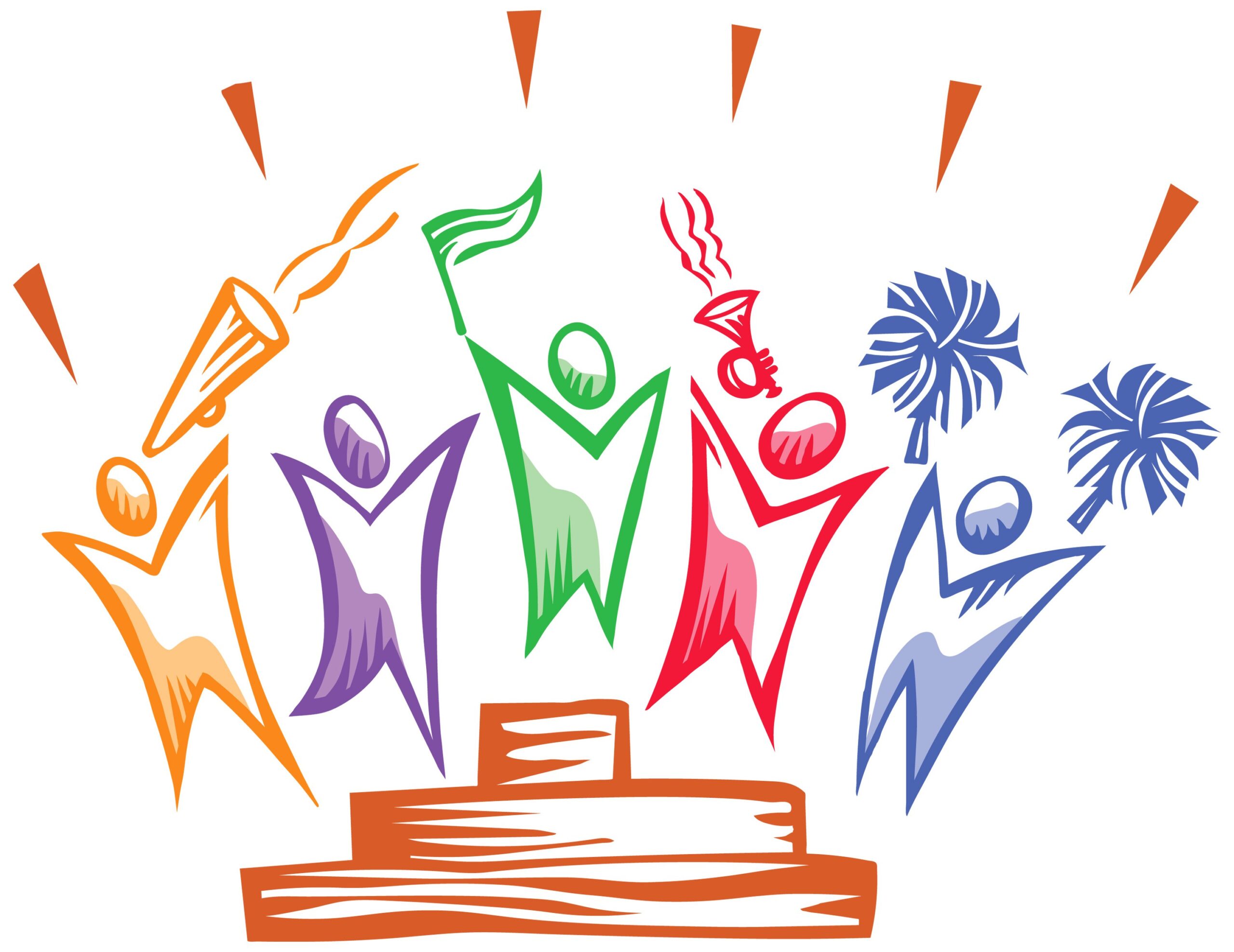In the vibrant tapestry of human existence, cultural celebrations serve as the harmonious orchestra of society, where each note resonates with a distinct melody that encapsulates the essence of shared values, traditions, and histories. Within this grand symphony, clip art emerges as a captivating visual element, lending a dimension of creativity and expression that transcends mere words. This intersection of artistry and culture yields a unique appeal that empowers communities to articulate their narratives in vivid and engaging ways.
Clip art for cultural celebrations can be likened to the colorful confetti that adorns a festive scene, bringing life and exuberance to mundane backdrops. It functions as a versatile medium, enabling individuals and organizations to convey themes of joy, unity, diversity, and reverence through graphical representations. When one visualizes cultural celebrations—the Diwali festivities bursting with vibrant hues, the solemn parades of Memorial Day, or the exuberant dance of Carnival—the images that come to mind can often be captured through well-crafted artistic illustrations, enhancing their emotional impact.
The metaphor of a kaleidoscope aptly encapsulates the fluidity and diversity encapsulated in cultural celebration clip art. Just as a kaleidoscope reveals shifting patterns and bursts of color through a simple turn, cultural clip art unveils the myriad of cultural identities and traditions that define human experience. Whether it is the intricate henna patterns symbolizing joy and blessings in South Asian weddings or the striking masks and feathers that characterize Latin American festivities, clip art serves as both a representation and a celebration of these unique cultural narratives.
One of the most unique appeals of cultural celebration clip art lies in its ability to communicate complex cultural symbols succinctly. Each illustration acts as a portal to deeper meanings; for instance, an image of a dragon during Lunar New Year is not merely a striking figure but signifies good fortune and prosperity. This power to encapsulate rich narratives in a single frame positions clip art as an indispensable tool for educators, marketers, and community leaders who aspire to foster understanding and appreciation for cultural diversity.
In educational contexts, clip art can serve as the foundation for teaching materials that engage students’ imaginations and understanding. Imagine a classroom adorned with whimsical representations of global cultural practices—children absorbing knowledge of the Lunar New Year alongside insights into the significance of Thanksgiving. The vibrant visuals capture their attention, making learning relatable and enjoyable. Thus, the use of cultural celebration clip art enhances pedagogical methods, facilitating a more immersive approach to cultural education.
Moreover, in the realm of marketing and event promotion, clip art functions as an effective visual language that transcends the barriers of verbal communication. Rather than relying solely on text to convey excitement for an upcoming festival or cultural fair, organizations can employ lively illustrations to catch the eye of potential participants. The integration of color, movement, and cultural symbolism in clip art compels individuals to engage with the experience and fosters a sense of belonging within their community.
As society evolves, so too does the nature of cultural celebrations, adapting to contemporary contexts while remaining anchored in tradition. Digital platforms provide an opportunity for cultural expression to flourish, allowing creators to design innovative clip art that reflects current trends. The advent of social media, for example, has transformed the dynamic landscape of celebrations; clip art tailored for online sharing captures the essence of events like Pride Month with inclusive imagery that conveys messages of acceptance and pride. Here, clip art becomes a vehicle for advocacy and representation, amplifying voices and recognizing the rich mosaic of identities within a cultural narrative.
Moreover, it is through the lens of environmental consciousness that cultural celebration clip art can reflect a profound commitment to sustainability. The illustrations we choose can highlight themes surrounding nature, heritage, and the various ecosystems that inform our traditions. A depiction of Earth Day celebrations with verdant landscapes and diverse representations underscores the importance of stewardship and the interconnectedness between cultural practices and environmental health. In this way, clip art not only celebrates cultural diversity but also serves as a powerful reminder of the responsibilities we share in preserving both our cultural and ecological legacies.
The adaptability of clip art also encourages creative expression beyond its conventional use, inviting artists to reimagine and reinterpret cultural symbols in unique ways. In this sense, the fusion of artistic ingenuity and cultural representation can produce an entirely new aesthetic experience. Artists may blend styles, experiment with digital formats, or incorporate various media, yielding fresh interpretations of traditional motifs that resonate with contemporary audiences. Such endeavors foster an ongoing dialogue among cultures; each reinterpretation becomes an invitation to explore differences while emphasizing shared human experiences.
In summary, cultural celebration clip art embodies the resilience, vibrancy, and diversity of human expression. Like the intricate threads of a masterfully woven tapestry, it unites disparate tales into a cohesive narrative that uplifts, educates, and inspires. This unique appeal lies not merely in the aesthetic quality of the visuals, but in their ability to facilitate understanding, foster celebration, and advocate for shared responsibility in safeguarding our cultural and environmental heritage. Moving forward, embracing this artistic form will undoubtedly enrich our collective cultural experiences, ensuring that the celebrations of today resonate with the people of tomorrow.
